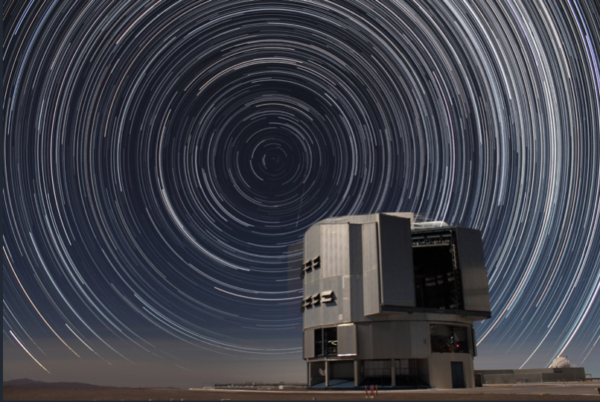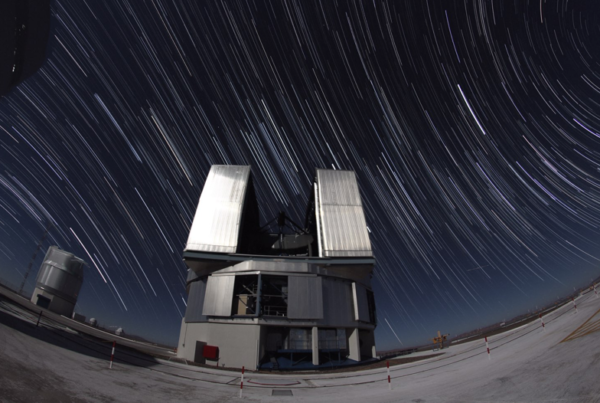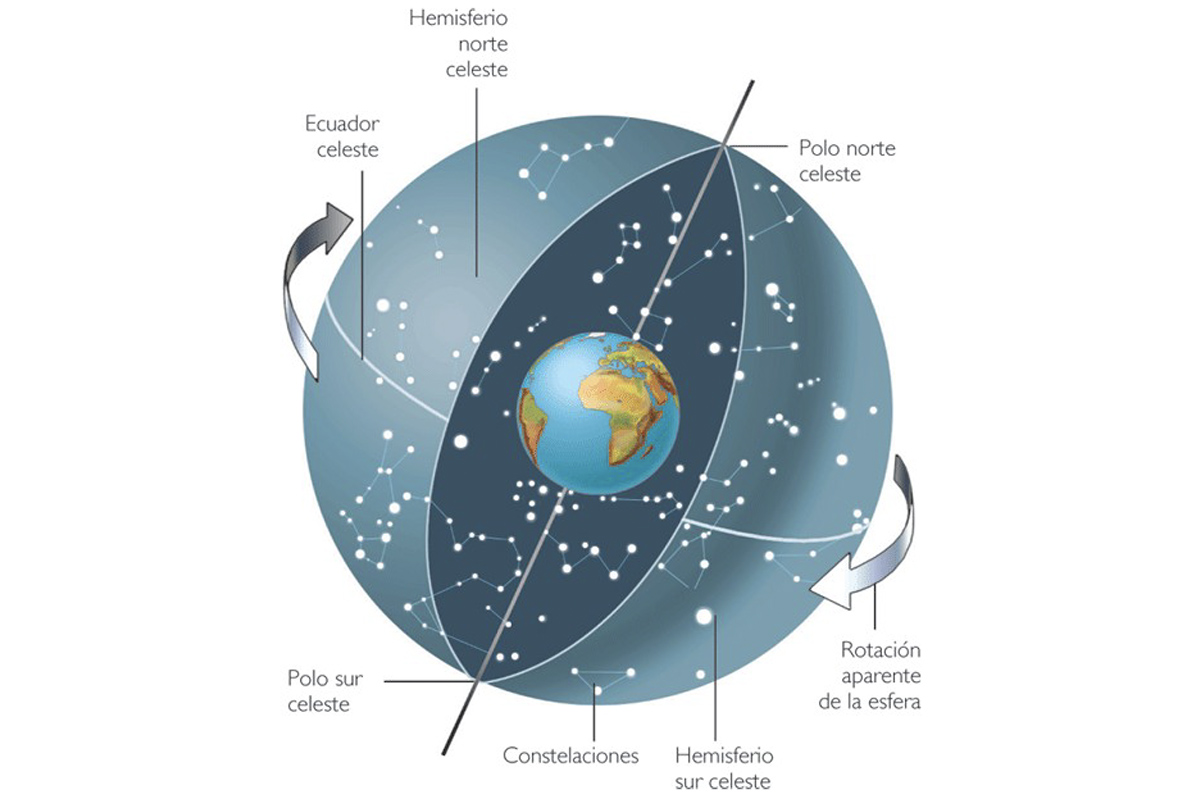light blue pole
It is the point around which the stars appear to rotate during the night (which in reality does not happen, it is just the sensation that the Earth's rotation gives). When observing the sky in the direction of this point, we will notice that the stars around seem to describe concentric circles, which is clearly evidenced when taking a long exposure astrophotography.

In the Northern Hemisphere, it is easy to find this point because it is very close to the star Polaris (α Ursae Minoris), magnitude 1.9; while in the Southern Hemisphere, in the absence of a nearby bright star (the nearest star is Polaris Australis, σ Octantis, magnitude 5.4), a mnemonic that uses the nearby constellation of the Southern Cross is often used to find this spot.
celestial equator
It is the Earth's equator projected in the sky, that is, in its same plane, inclined at 23º with respect to the plane of the ecliptic. If we were located exactly on the Earth's equator, we would see the stars rising exactly vertically above the eastern horizon, and descending vertically on the western horizon, while both celestial poles (North and South) would be seen at horizon level when looking. in North and South directions, respectively.

From other places on Earth, the region of the sky corresponding to the celestial equator is easily distinguished by showing straight lines (when observed in astrophotography), as opposed to curved lines near one of the celestial poles.


